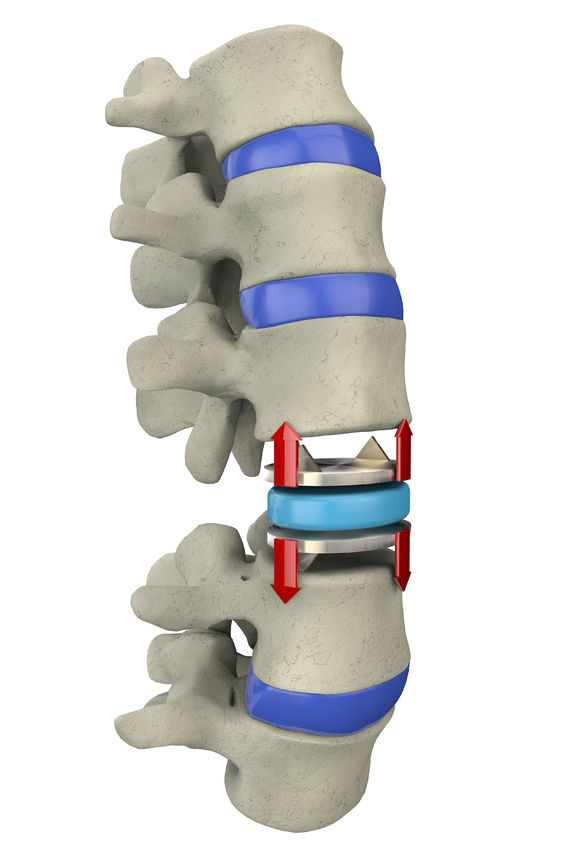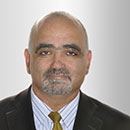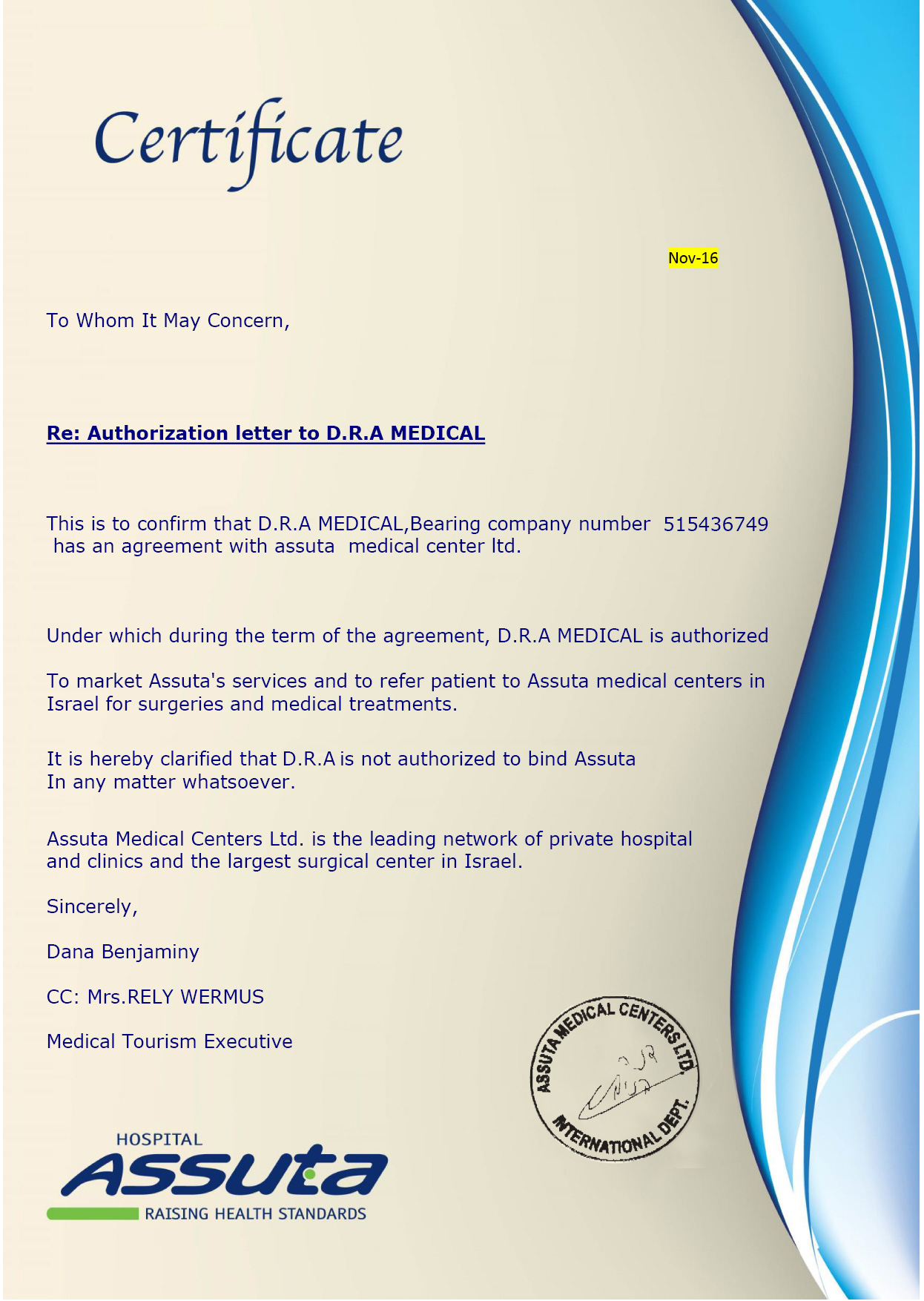Introduction
Although neck problems often caused by one small cervical disc, they are almost always a large source of intense pain. Damaged or degenerating discs can also result in numbness or weakness. Even turning your head may be impossible. If you are suffering from severe disc damage, a cervical disc replacement, also called total disc arthroplasty, may be the best solution for you. Learn more about cervical disc replacements in this guide, including how it is performed and the recovery process.
Who Is a Good Candidate for Cervical Disc Replacement
For most people, pain from cervical disc disease will get better over time with conservative treatment. In some cases, however, replacement helps if other treatments fail or the symptoms get worse. Cervical disc replacement greatly reduces pain and provides a greater range of motion than a cervical fusion does.Not everyone is a candidate for disc replacement, however. If you have osteoporosis, joint disease, inflammation at the site, infection or are allergic to stainless steel, you should not have disc replacement surgery. It should also not be performed on children or if there is abnormal instability at the affected area. Your doctor will refer you to a spine surgeon who can determine if disc replacement is an option.
The Cervical Disc Replacement Procedure
Cervical disc replacement is performed while the patient is under general anesthesia. Depending on the location of the disc, the surgeon can remove it through a small incision either in the front (anterior discectomy) or back (posterior discectomy) of the neck. Patients are positioned face up or down on an operating table, depending on the surgery site, and a one to two inch (3-5cm) incision is made on one side of the neck. The damaged disc is exposed and carefully removed. Magnification with a microscope or magnifying glasses is typically used to assist with the complete removal of the disc and for nerve decompression.
After preparing the disc space, the replacement disc device is sized and carefully placed into position between the vertebrae. Replacement discs are made from surgical steel and the space between the solid portions of the device is filled with medical grade plastic. Live x-ray is utilized to enable the proper positioning of the implant, and the opening is closed. Some surgeons may place a drain into the wound, which is typically removed while the patient is in bed the day following the procedure.
Aftercare
Cervical disc replacement patients are usually discharged to go home the morning after surgery. You may need to have your neck immobilized in a cervical collar for up to a week after the procedure. X-rays are obtained after your surgery to confirm that the replacement disc device is positioned correctly and functioning properly. Most patients able to return to light activities within a week or two of surgery and to be able to resume full duty about six weeks following the procedure.Short and Long Term Results
After a cervical disc replacement, pain from the procedure is limited and will improve markedly after two or three days. Nerve symptoms that were caused by the degenerative disc, such as numbness, pain and weakness, often dramatically improve within just hours of the surgery; however, in some cases, it can take weeks or even months to fully recover.During that time, you could still have some of the previous symptoms. To help speed the recovery process, your doctor may recommend you eat a healthy diet, get regular exercise and practice good posture. Make sure that you get a good night’s sleep every night as well. Your body heals itself during sleep and getting enough sleep will also speed up the healing process.










